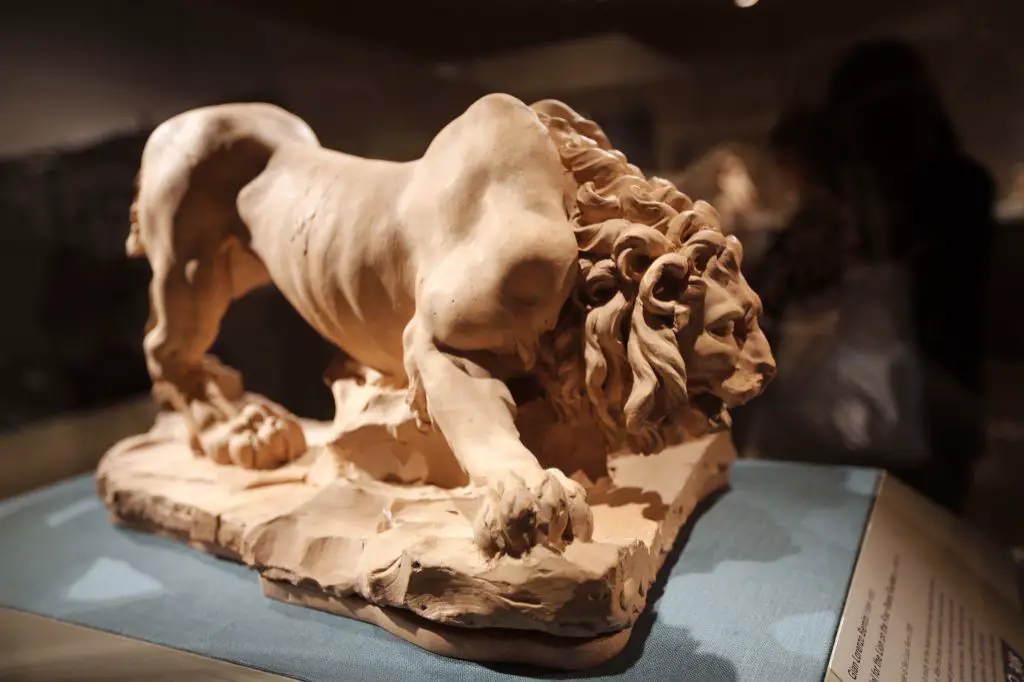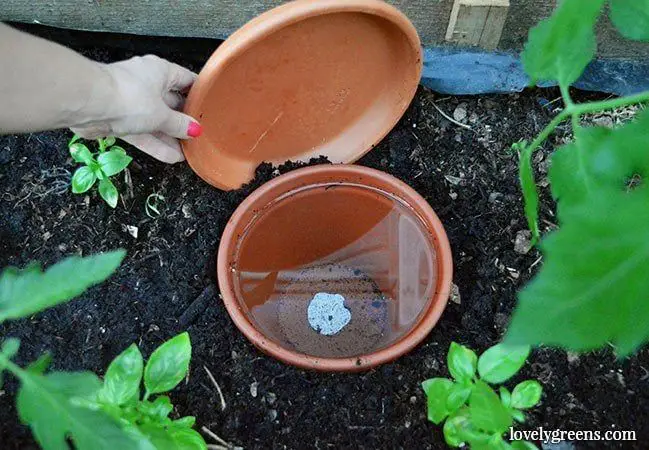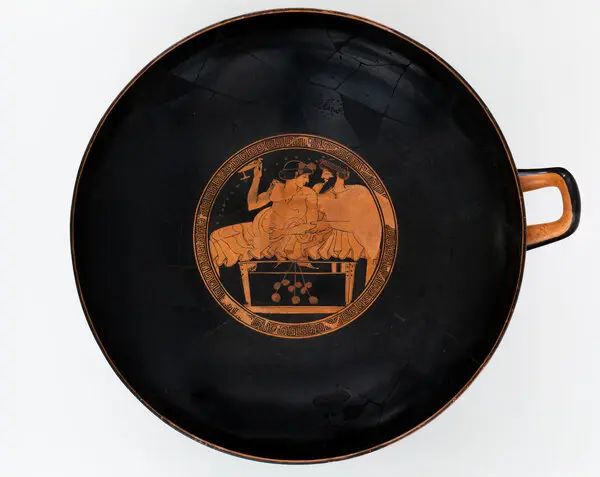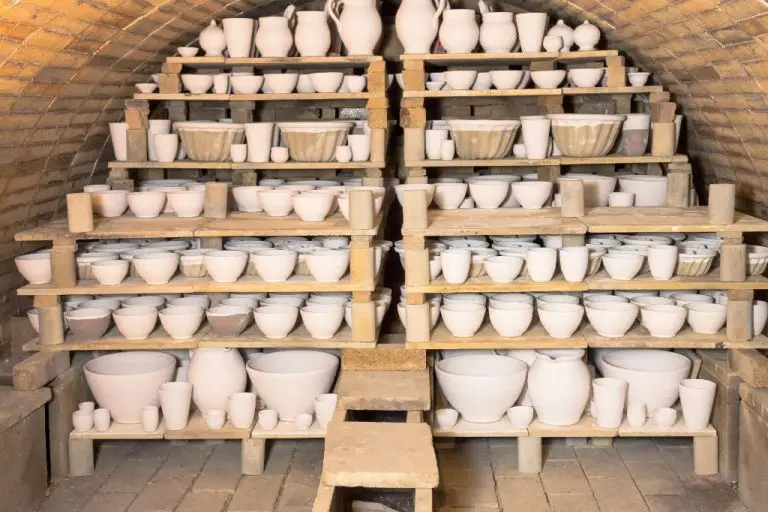What Things Are Made From Clay?
Clay is a malleable material made from a combination of minerals, rocks, and organic matter that is malleable when wet and hard when fired at high temperatures. The main ingredients in clay are finely ground rock containing minerals like feldspar, mica, and quartz. Clay has adhesive and plastic properties that make it an ideal material for shaping objects. When clay is fired, the minerals fuse together through sintering and become hard and rock-like.
Clay is useful for making pottery, sculpture, bricks, and roof tiles because it can be molded when wet and retains its shape when fired. Clay is also useful for making household items like bowls, plates, and jars due to these molding properties. Additionally, its chemical composition allows it to be mixed with other compounds like glazes to produce different colors, textures, and finishes. Overall, clay is valued for its abundance, versatility, moldability, durability, and decorative potential across various art forms and practical uses.
Pottery
Clay is one of the most common materials used to make pottery and ceramics. Pottery refers to any object made from clay and hardened by heat. Some examples include bowls, vases, jars, and cups. Ceramics is a broader term that encompasses clay artworks like pottery, as well as sculptures and tiles.
There are many different types of pottery made from clay. Some examples include (Pinterest, n.d.):
- Earthenware – A porous type of pottery made from clay and fired at lower temperatures. Common for flower pots and dishes.
- Stoneware – Made from clay and fired at high temperatures. Denser and less porous than earthenware.
- Porcelain – A refined clay hardened at extremely high temperatures. Known for its white color and delicate translucency.
- Terracotta – An unglazed, brownish-orange colored clay. Used for pottery and architectural decor.
Clay can be shaped into pottery using techniques like throwing on a pottery wheel, handbuilding, slipcasting, and pinching. The shaped clay artwork is then fired in a kiln to harden it into finished pottery. Decorative glazes and paints can be applied before the final firing.
Pottery and ceramics have been made by cultures worldwide for thousands of years. From ancient Greek amphoras to delicate Chinese porcelain vases, clay allows artisans to craft both functional pottery as well as sculptural ceramics.
Sculptures
Clay is commonly used to create sculptures and figurines. The malleable nature of clay makes it an ideal material for sculpting intricate shapes and forms. Famous clay artists utilize the medium to craft stunning sculptures in a variety of styles.
Some of the most renowned clay sculptors include Degas, Rodin, and Camille Claudel. Degas sculpted ballerinas and horses, capturing the fluid motion and grace of his subjects. Rodin created emotive figurative works like The Thinker that continue to inspire today. Claudel, Rodin’s protégé, was known for her skillful figurines and portrait busts.

Contemporary ceramic artists are pushing the boundaries of what can be created with clay. Yeesookyung transforms clay into stunning organic sculptures that resemble enlarged cells or botanicals. Viola Frey sculpts larger-than-life figures, from businessmen to ballerinas. Other artists utilize clay to make political statements or challenge conventional notions of beauty and the body.
Clay’s versatility allows limitless creative expression. In the hands of skilled ceramic sculptors, humble clay is transformed into exquisite works of art.
Bricks
Clay has been used to make bricks for thousands of years. The earliest known bricks were made from clay mixed with straw and hardened by drying in the sun. These sun-dried mud bricks date back over 7,000 years and have been found in ancient sites across the Middle East and Asia, including Mesopotamia, India, and China [1] [2].
Around 4,000 BC, ancient Egyptians started firing clay bricks in kilns to increase their strength and durability. The characteristics of clay made it an ideal material for brickmaking. Clay is moldable when wet but hardens when dried or fired, allowing bricks to hold their shape. Clay also withstands high temperatures, so bricks maintain their form when fired in a kiln [3]. The development of fired clay bricks enabled larger and more permanent structures to be built.
For centuries, the brickmaking process remained largely unchanged. Clay was dug from the ground, molded into bricks, and then dried or fired before being used for construction. Bricks are still manufactured using clay today because of its abundance, low cost, and ideal properties.
Tiles
Clay tiles are one of the most popular uses of clay as a building material. Clay tiles have been used for thousands of years on floors, walls, and roofs due to their durability, longevity, and aesthetics. Some key benefits of clay tiles include:
- Durability – Clay tiles are very durable and resistant to damage. They can withstand a lot of foot traffic on floors.
- Longevity – Clay tiles can last 50-100 years or longer with proper installation and maintenance. Their lifespan is longer than most other flooring materials.
- Fire resistance – Clay tiles are naturally fire resistant.
- Versatile aesthetics – Clay tiles come in a huge variety of styles, colors, shapes, and patterns, allowing great design flexibility.
- Temperature regulation – Clay tiles help regulate indoor temperatures and can keep floors cooler in summer and warmer in winter.
Clay roof tiles have been used since ancient times and remain popular today. Some benefits of clay roof tiles include durability, longevity, fire resistance, insulation, and aesthetics. According to Roof Gnome, clay tile roofs can last over 100 years if properly installed and maintained. Popular styles of clay roof tiles include mission, Spanish, French, and flat tiles.
Tableware
Clay is commonly used to create plates, bowls, mugs, and other tableware items. Clay tableware offers several advantages over dishes made from other materials:
Clay is a natural material, making clay tableware eco-friendly and sustainable. Clay is abundant, renewable, and recyclable. In contrast, many commercial dinnerware sets today are made of plastics and other less sustainable materials.
Clay dishes can be safely used for serving both hot and cold foods. Clay is an excellent heat conductor and retains temperature well. The natural properties of clay also allow it to slowly cool hot foods served on clay plates or in clay bowls. Clay tableware is often oven, microwave, and dishwasher safe.
Clay dishes have an artisanal, handcrafted aesthetic. No two clay plates or mugs are exactly alike due to the handmade production process. Clay dinnerware sets and tableware bring unique visual interest to any table setting. Companies like Bomshbee, Hyggelife, and Nakawetrading offer beautiful handmade clay tableware.
The porous nature of clay allows it to absorb small amounts of liquids during use. This can help reduce potential food staining on dishes. Clay tableware often develops a seasoned patina over time.
Jewelry
Clay is commonly used to create jewelry like beads and pendants. Clay beads are lightweight and come in endless shapes, sizes, and colors. Polymer clay like Sculpey is flexible and can be mixed to create unique color blends. Air-dry clays like Crayola Model Magic are softer and smoother. The porous nature of clay beads allows paints and glazes to seep into the surface. When polymer clay is baked, it hardens into a durable, lightweight material that is comfortable to wear. The versatility of clay has made it a popular choice among jewelry makers and crafters.
Clay jewelry can be dressed up with paints, glazes, and embellishments or left natural for an earthy look. Intricate patterns and textures can be impressed into the soft clay before baking. Clay is an inexpensive material, so handmade clay jewelry can be sold at affordable prices. The finished pieces have a one-of-a-kind, handcrafted look that sets them apart from mass-produced jewelry. From statement necklaces to minimalist stacking bracelets, jewelry made from clay allows for unlimited creativity and customization.
https://www.amazon.com/Clay-Beads/s?k=Clay+Beads
Toys
Clay is a popular material for making children’s toys. It can be molded into endless shapes and designs to create dolls, figurines, building blocks, and more. According to Amazon, clay toys help develop creativity and imagination in kids (Clay Kids). Playing with clay also has educational benefits – it improves fine motor skills, hand-eye coordination, and spatial awareness. Clay is an open-ended toy that allows for endless creativity, rather than following strict building instructions. It engages different learning styles and provides a sensory, tactile experience for children.
Art Supplies
Clay is a popular and versatile material used for art and craft supplies. Polymer clay, air-dry clay, and oven-bake clay allow artists to hand sculpt and mold detailed figures, jewelry, decorative items, and more. According to Clay Art Center, modeling clays are designed to be easy to shape and don’t require firing in a kiln (www.clayartcenter.net).
Polymer clay is especially popular for arts and crafts. It can be shaped and baked in a regular oven to harden it. Many different colors are available to mix and blend. Polymer clay doesn’t dry out so unused portions can be stored and reused. Utrecht Art Supplies has a wide selection of Sculpey and Fimo brand polymer clays perfect for modeling miniature figures, beads, jewelry pieces, and small decorative objects (www.utrechtart.com).
Air-dry clays are another modeling material made from clay that dries naturally in air without baking. They are softer than polymer clay and good for sculpting detailed designs. Oven-baked clays need to be hardened by baking but avoid the chemicals of polymer clay. Brands like ACTIVA and Makins Professional Clay are common oven-bake modeling clays (www.dickblick.com).
Conclusion
Clay remains an important material in everyday life for a variety of uses. Although synthetic materials have become popular, clay is still widely used in pottery and ceramics, tiles, bricks for construction, art supplies such as modeling clay, and even toys. Clay is an abundant, natural resource that has provided essential materials for human civilization for thousands of years. Its versatility, moldability, and durability make it useful across many applications. As a natural resource, clay is also sustainable and renewable. While the uses of clay have evolved over time, it continues to be an integral material in art, architecture, and manufacturing.




